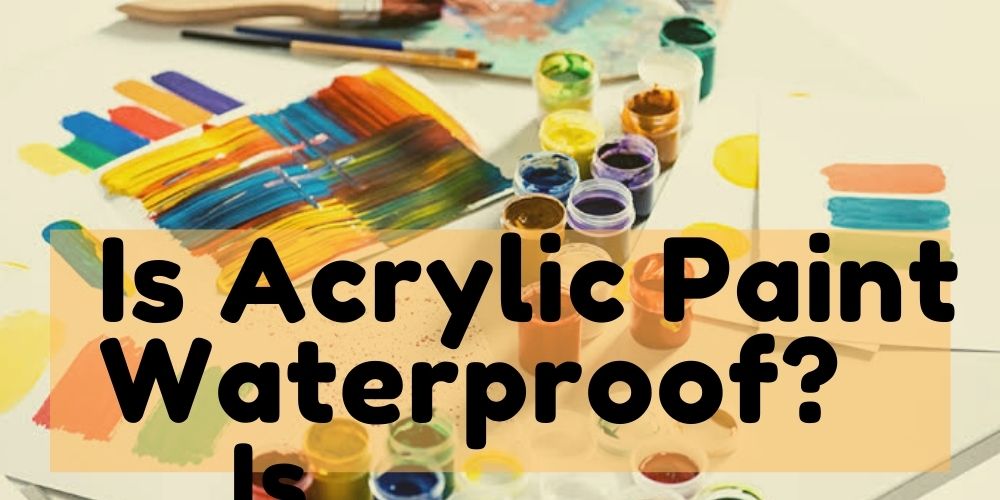Being a creative person who has gone vegetarian, doesn’t like to use animal-based items. In fact being a vegan (anybody who doesn’t utilize animal protein and derivatives) puts them in a bind when it comes to finding pigmented acrylics that meet their demands.
So, is acrylic paint cruelty-free? is it vegan?
Well, it is uncommon for companies to make cruelty-free acrylics and other tools.
Bristles, pigments, and stencils have historically been created from raw animal materials such as hair or skin. Even though manufacturers cannot confidently discern the difference, selecting cruelty-free items is a difficult undertaking.
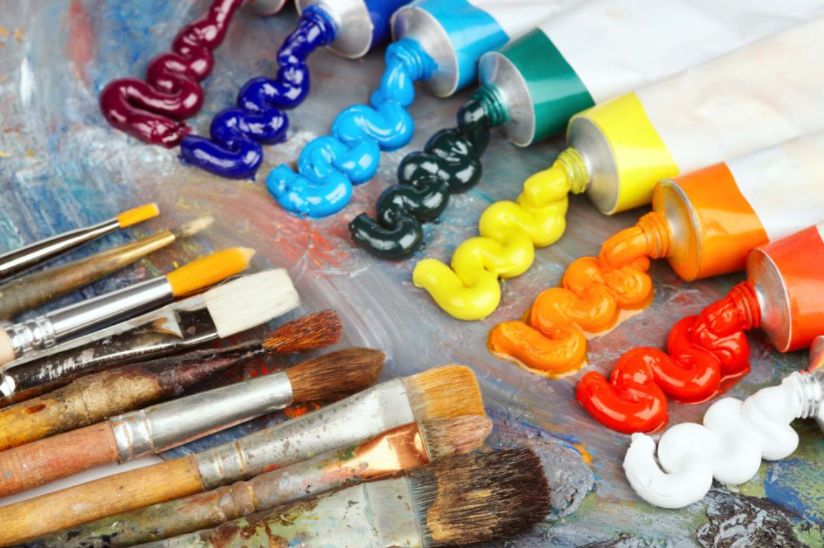
Why not go for it if you can acquire cruelty-free options? Ponies, camels, goats, squirrels, and other creatures are sacrificed. So kind to animals Acrylic paints are the most widely used by all artists to protect animals and maintain natural equilibrium.
However, the information presented here is intended to raise awareness among manufacturers so that they can create cruelty-free creative goods. Even artists will be aware that there are animal-free alternatives on the market.
Is Acrylic Paint Cruelty-Free?
Is Acrylic Paint Vegan?
No, Acrylic Paint is not 100% cruelty-free. Because, all additional animal parts are used in the production of normal acrylic pigments, except for the fur.
Humans, plants, and animals all provide one of the major ingredients of gelatin.
It’s difficult to say where gelatin comes from if it’s mentioned in the list. Yes, animal products can be replaced with plant-based alternatives that produce similar results.
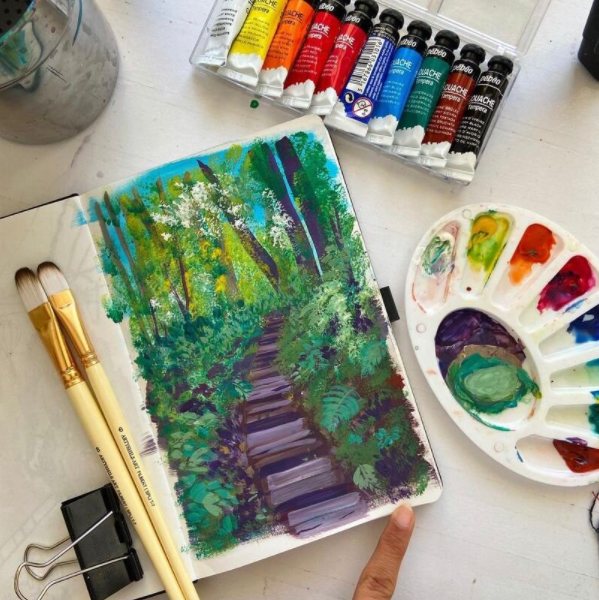
The Ingredients of Acrylic Paint
Acrylic tints are a blend of dyes, liquid, and polymer that are widely used all over the world. Because it has the attributes of both watercolor and oil colors and may be thinned with water to create incredible masterpieces. Acrylic colors are made from just three simple ingredients:
Water
Colors are made from water. The most important component is blended with glue to form a polymer droplet. After the water has dried, the coloured dye granules are immersed.
Pigmented dyes
The pigment is the component that gives the base its color. To manufacture colorful paints, small grains are pulverized into little bits.
Acrylic polymer
The acrylic resin is utilized for two purposes. One to keep the pigments in place and the other to create a protective coating.
Does Acrylic paint contain Animal Products?
While researching for this topic (is acrylic paint cruelty-free?), I have discovered that most individuals are unconcerned about the materials used in painting. Many animal products are used in basic acrylic paints, such as ox infuriates from cows, globulins from animal milk, latex resin derived from lady lac bugs, and so on.
These are generally used to produce polymer (a gluey element to maintain the consistency of the paint).
Although the PBK9 black pigment contains animal by-products, most other pigments are vegan. Many packaging uses the term “environmentally” to signify “ecologically friendly,” however this does not guarantee “cruelty-free.” As a result, clients can contact manufacturers directly through their websites or go to neighboring businesses to learn everything they need to know.
When product details are stated, it can be difficult to tell if they are plant-based or not. As a result, suppliers may not completely explain every aspect provided in the ingredients section. Artists who are animal lovers or who rigorously prohibit the use of animal-based paints will be adamant about learning the truth about the items.
Acrylics are commonly utilized on practically all surfaces due to their ability to effortlessly wipe off or scrub away from them. Plant-based acrylic paints are great for giving an artwork a satin finish to prevent murdering innocent creatures.
Are Acrylic Paints Tested on Animals?
Acrylic paints are not tested on animals. However, the testing is normally done to safeguard humans from injury when they use paint. Paint is injected into the bodies of creatures who are made to eat and smell it. The animals are surveyed after the treatment to see how the paint reacts to them.
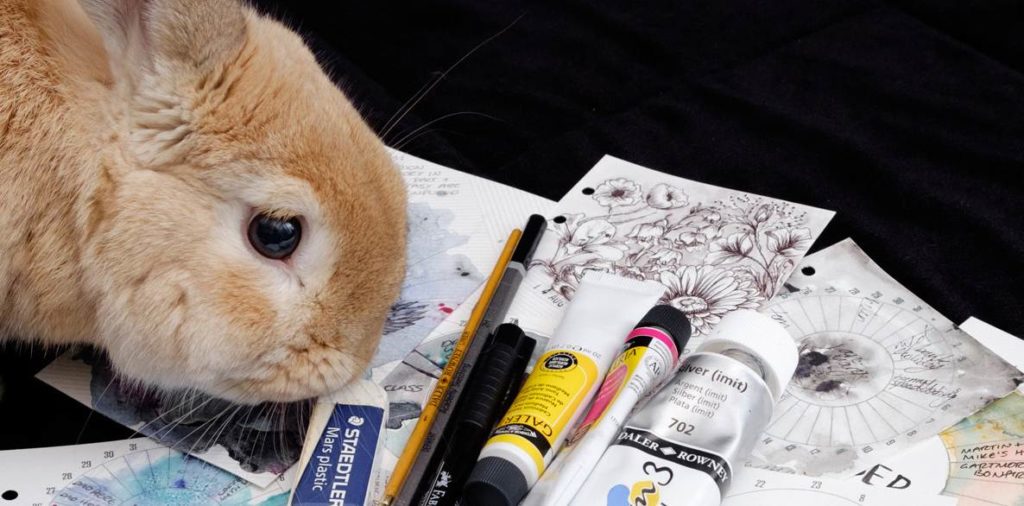
If they make it through the procedure, the colors are approved to be sold on the market. Most artists choose to use animal-friendly acrylic colors to avoid cruelty to these nocturnal creatures.
Artists need not consider their work to be a burial place for animal remains. Animal rights groups and businesses currently desire not to disrupt animals in the process of being created.
Name Some Cruelty/Vegan-friendly Acrylic Paint?
Is Apple Barrel Acrylic Paint Vegan?
For both major as well as little crafts, apple barrel paintings or pairs are the easy painter option. With these high-end qualitative colors, the process of performing art becomes more enjoyable and versatile. All surfaces, such as paper, canvas, wood, terra cotta, and so on, can easily be part of the arts due to the availability of a broad range of paints.
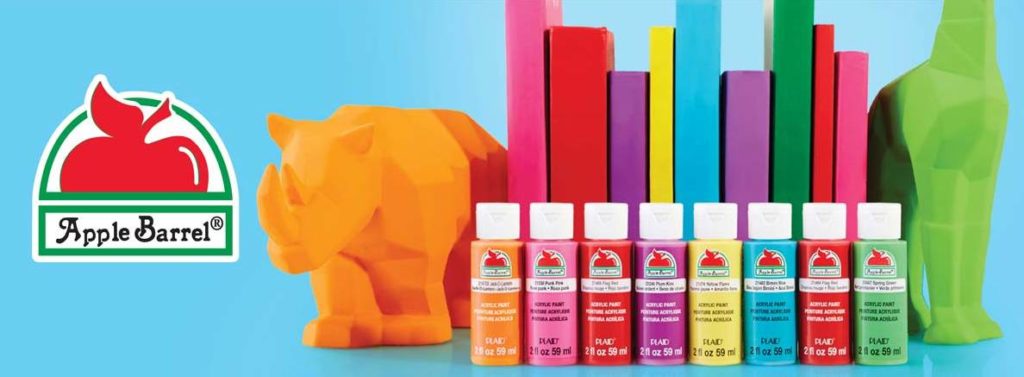
Their chemical-free, liquid-based lustrous and basic paints flow effortlessly across the surface and dry swiftly. Apple Barrel acrylic paints are made entirely of plant-based components, and no animals are mistreated in the production line. As a result, choosing apple barrel acrylic paints is a wise decision that will benefit all consumers.
Why Is It Important To Increase Awareness about Cruelty-Free Acrylic Paint?
It’s critical to raise knowledge about cruelty-free acrylic paint among artists, paint makers, and individuals who use it in general. Because few people are aware of it, it is rather costly, and small artists may find it difficult to integrate the vegan color into their budget.
Even if they are vegan or vegetarian, there are few vegan or vegetarian options on the market. Following the awareness, the producers will be aware of their customers’ desires and will begin producing by their preferences. Animals and insects have souls, and they feel anguish when they are harmed or killed for the production of acrylics.
If animals are butchered at this rate, the majority of them will become extinct, causing an imbalance in nature. Customers may decline when more artists adopt a vegan lifestyle because they do not want to be a part of the cruelty.
Conclusion
Everyone, whether insects, animals, or humans, should recognize the pain of another living being because we are all part of nature. Because acrylic paints are the most often used pigments for art and craft, it’s preferable to discover an alternative that doesn’t necessitate the killing or injuring of animals.
More awareness will lead to increased manufacturing of vegan acrylic paints, as well as a reduction in their prices, making them more affordable to all users.
Vegan celebrities volunteer eagerly in these areas so that their fans can learn everything there is to know about the products they use. As a result, businesses may enlist the help of vegan-friendly individuals to spread the word about cruelty-free acrylic paints.



